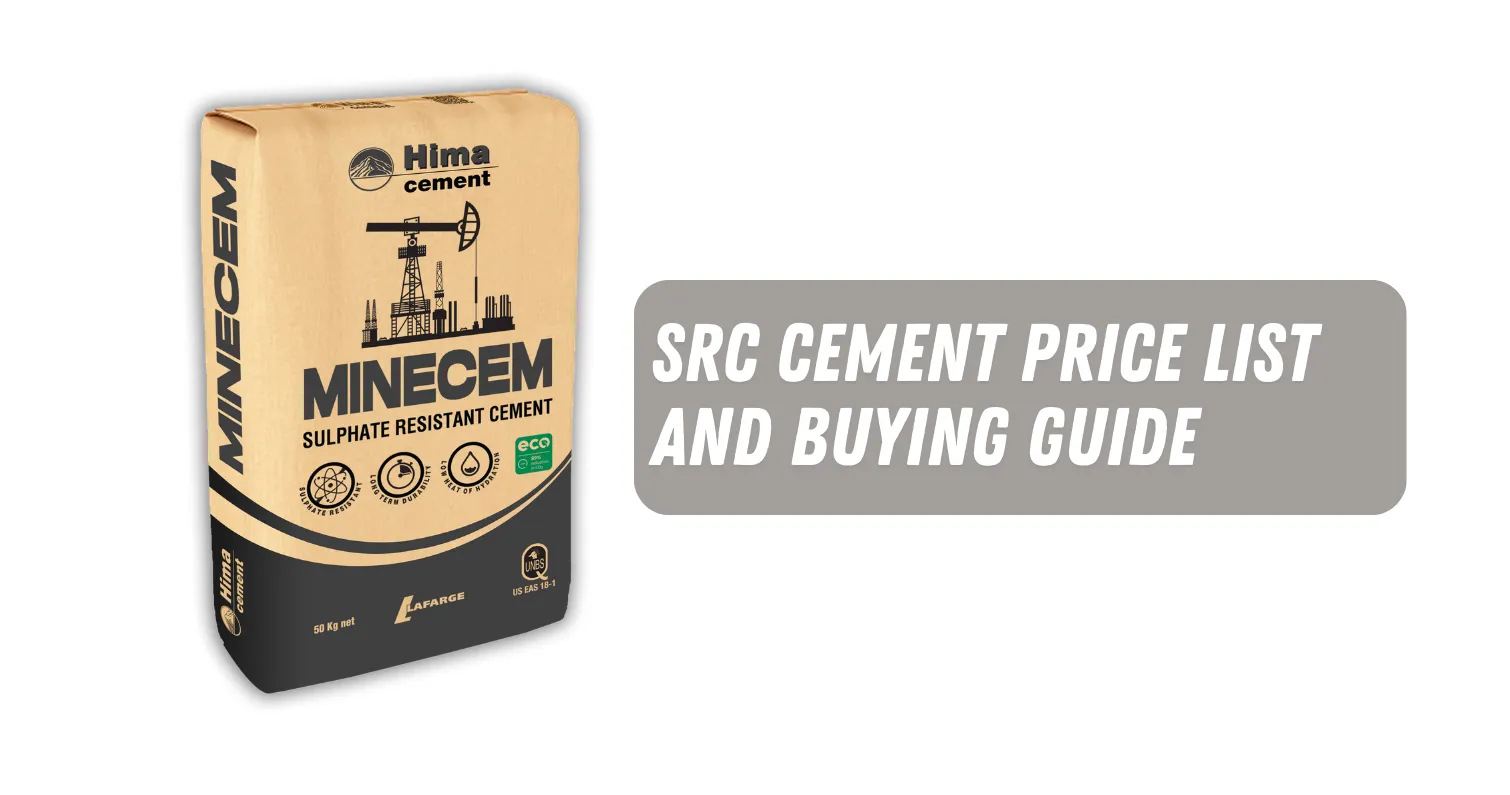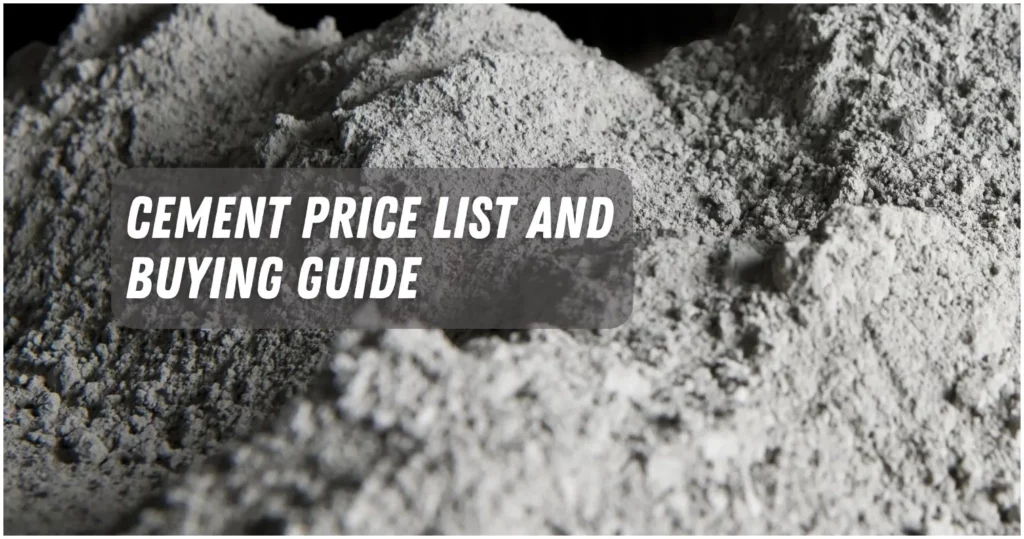Choosing the right price and type of cement, such as Sulphate Resistant Cement (SRC), is important for building.
The low amount of tricalcium aluminate (C3A) in sulphate resistant cement (SRC) makes it more resistant to sulphate attacks.
It is popular in the Philippines because it is unique and easy to get. Also, the price is reasonable, between ₱200 and ₱300.
In this article, we will talk all about sulphate-resistant cement including the price of sulphate-resistant cement in Philippines and what you should know about it.
What is Sulphate Resistant Cement?
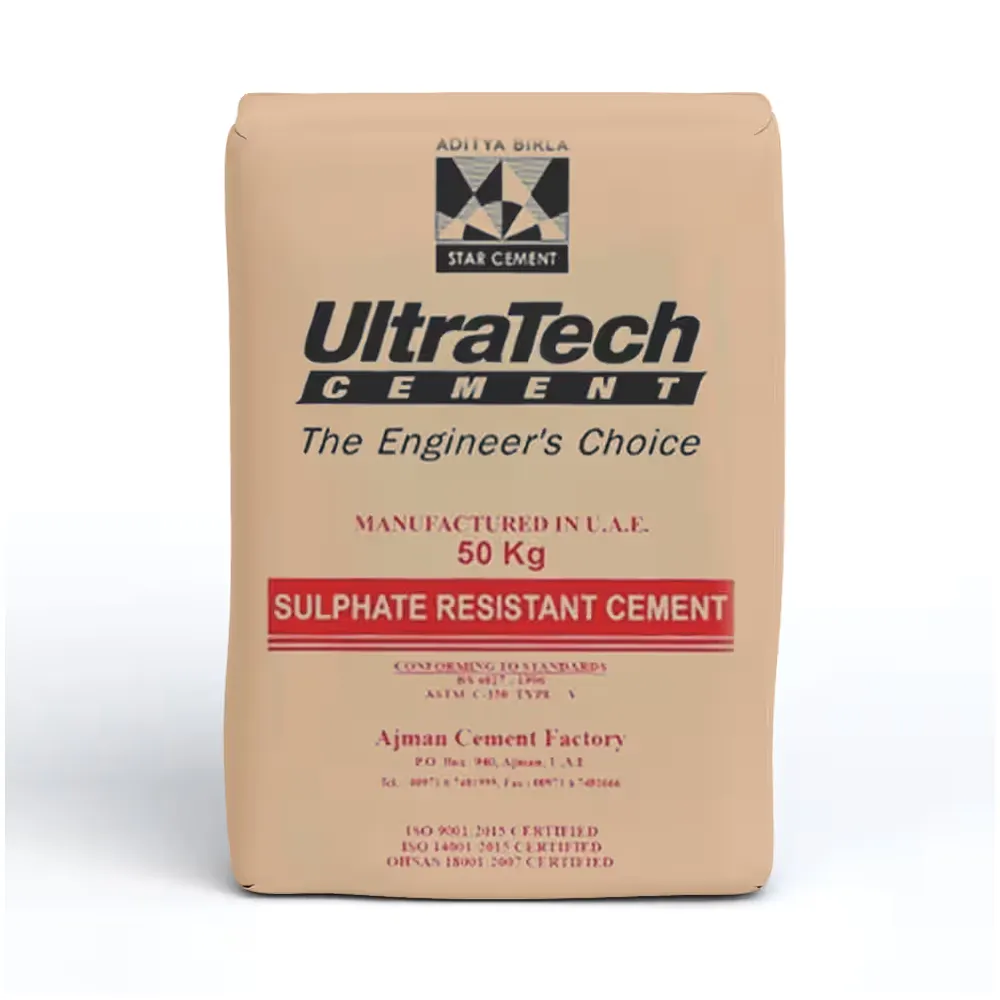
Sulphate-resistant cement is a special kind of Portland cement that has a low amount of C3A, usually less than 3.5%.
C3A is one of the main compounds in Portland cement that forms calcium aluminate hydrates when it reacts with water.
These hydrates are vulnerable to sulphate attacks, which can cause them to break down and form ettringite crystals.
Ettringite crystals can put pressure on the concrete around them, causing the concrete to expand and crack.
The goal of sulphate-resistant cement is to reduce the formation of ettringite crystals and stop sulphate attacks.
It can be used in places where there are a lot of sulfates, like in the foundations of buildings near the seashore or the linings of canals.
It is also used in places where sulfates are present, such as sewage treatment plants, chemical plants, and other industrial settings.
Sulphate Resistant Cement Composition Table
The ingredients in sulphate-resistant cement vary depending on who makes it and what standards it has to meet.
But the C3A content is the main difference between sulphate-resistant cement and regular Portland cement.
The table below shows some examples of what makes up a typical SRC and OPC from different sources.
| Compound | SRC (%) | OPC (%) |
|---|---|---|
| C3S | 50-60 | 45-75 |
| C2S | 15-30 | 10-30 |
| C3A | <3.5 | 5-12 |
| C4AF | 6-12 | 6-18 |
| MgO | <5 | <5 |
| SO3 | <3 | <4 |
Sulphate Resistant Cement Properties
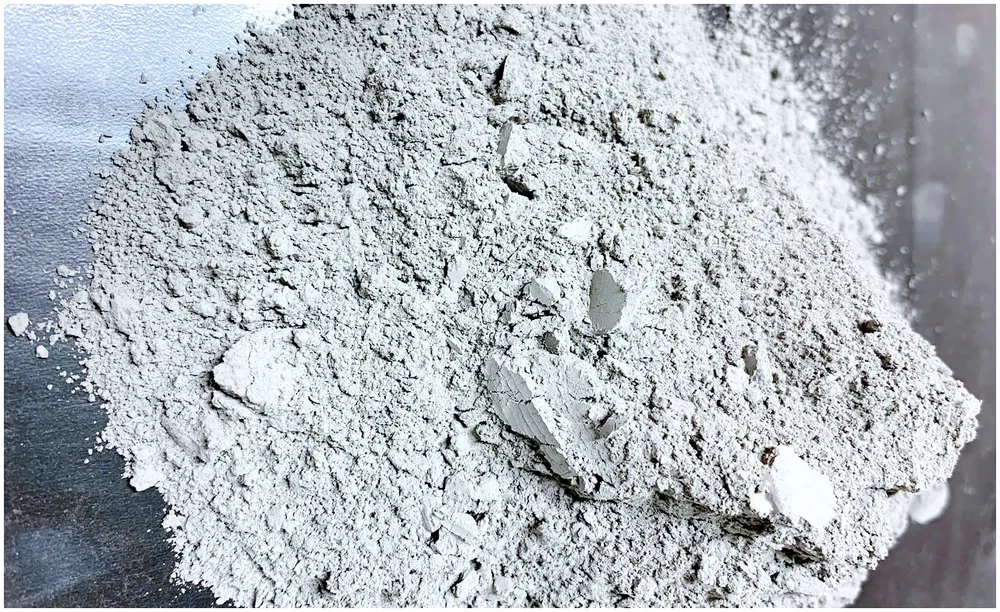
The way sulphate resistant cement is made, how it cures, and how it is tested all affect its properties.
But here are a few general things about sulphate-resistant cement:
- It has a lower heat of hydration than regular Portland cement, so it is less likely to crack due to heat.
- Depending on how much C3A is in it and how long it cures, it has the same or a slightly lower compressive strength than regular Portland cement.
- It can stand up to sulfate attacks better than regular Portland cement, especially in places with a lot of sulfate.
- Depending on the ratio of water to cement and the admixtures used, its workability is about the same as that of regular Portland cement or a little bit lower.
- Depending on how much gypsum is in it and how fine it is, the setting time is about the same as for regular Portland cement or a little bit longer.
Sulphate Resistant Cement Uses
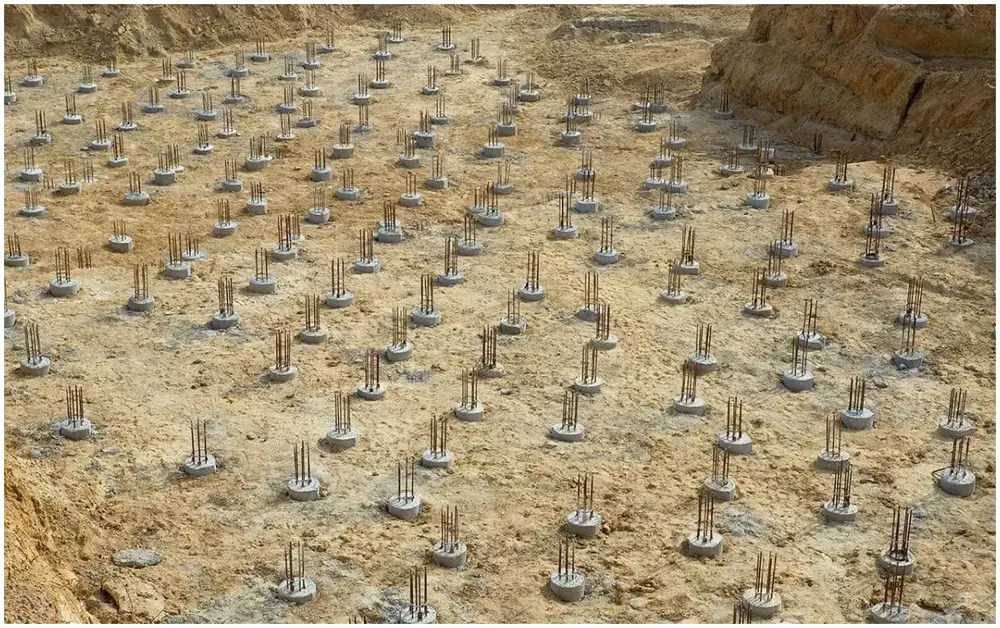
SRC is recommended for places where concrete is in contact with soil, groundwater, or seawater.
It is mostly used for concrete structures that are close to a lot of sulfates, like:
- Foundations near the beach and along canals
- Treatment plants and pipes for sewage
- Chemical plants and tanks to store chemicals
- Places where factories dump their waste
- Marine structures and platforms that are out at sea
- The piers and abutments of a bridge
- Dams and water storage
Sulphate Resistant Cement Price List
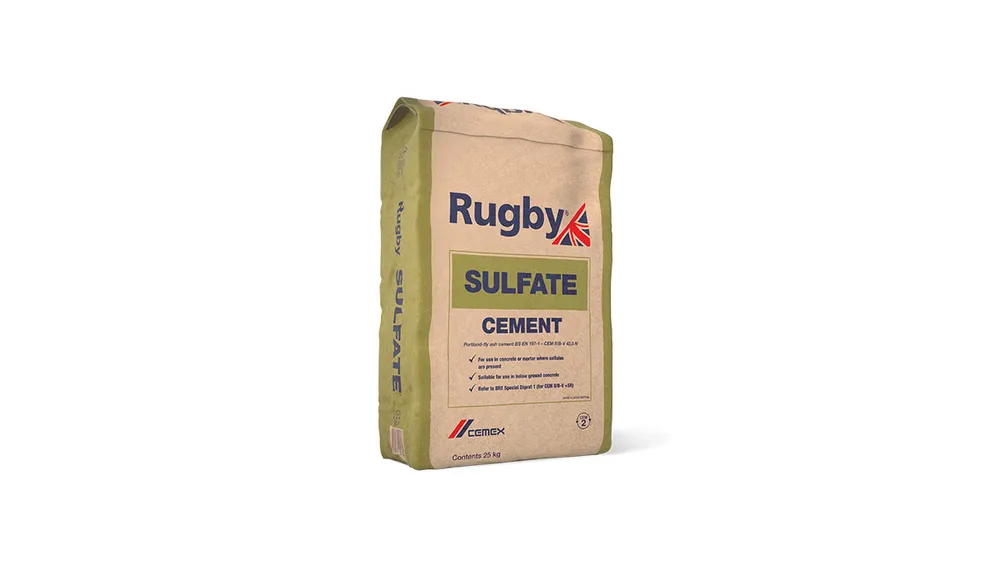
The price of sulphate-resistant cement depends on the manufacturer, the supplier, the location, the amount, the quality, and the standards it meets.
Some online sources say, though, that the average price of sulphate-resistant cement in the Philippines is between ₱200 to ₱300 per bag (40 kg).
This is a little more than the average price of ordinary Portland cement, which ranges from ₱180 to ₱250 per bag.
Sulphate Resistant Cement Pros and Cons
The pros and cons of sulphate resistant cement are:
Pros:
- It makes concrete structures in high-sulfate environments last longer and work better.
- It makes it cheaper to maintain and fix concrete structures in places with a lot of sulfate.
- It lowers the temperature at which concrete structures hydrate and break due to heat.
- It meets the sulphate resistance requirements of a number of international standards and specifications.
Cons:
- It costs more than regular Portland cement.
- Depending on how much C3A is in it and how long it cures, it may not have as much compressive strength as regular Portland cement.
- Depending on the ratio of water to cement and the additives used, it may be harder to work with and take longer to set than regular Portland cement.
- In some places or markets, it may not be easy to find.
Alternative Options to Sulphate Resistant Cement
If SRC doesn’t meet your specific needs, there are alternatives. One such option is High Ferrite Portland Cement (HFPC).
It offers higher sulphate resistance, higher abrasion resistance, and lower energy consumption and CO2 emission compared to OPC.
Things You Should Know about Sulphate Resistant Cement
Before using sulphate resistant cement for your project, you should know some important facts about it, such as:
- What makes concrete sulphate resistant?
Use Ordinary Portland Cement (OPC) with Sulphate Resistant Cement (SRC) or add Supplementary Cementitious Materials (SCMs) like fly ash, slag, or silica fume. SCMs make concrete less porous, which makes it harder for sulfates to get in. - What is the effect of sulphate on concrete?
Sulphate attack is when sulphate causes concrete to expand and crack. - Is all cement sulphate resistant?
No, only SRC or OPC with SCMs is resistant to sulphates. - Why is SRC more expensive than OPC?
Because of how it is made and what it is made of, SRC is more expensive than OPC. - Can I use SRC for all types of construction?
SRC is strong, but it’s not the best material for all kinds of building projects, especially marine ones. - Why is sulphate resisting cement not used in marine concrete?
SRC doesn’t have enough resistance to chloride for marine conditions, which leads to corrosion and damage. - What is the difference between OPC and sulphate resisting cement?
SRC has less C3A than OPC, which makes it more resistant to attacks from sulfates. - What is the alternative for sulphate resisting cement?
OPC with SCMs can resist sulfates as well as or better than OPC without SCMs, and it also has other benefits, like making the material stronger and more durable.
In conclusion, SRC is a specialized type of cement designed to resist sulphate attacks.
Its price in the Philippines varies, but it’s a worthy investment for structures exposed to sulphate-rich environments.
Always consider the pros and cons, and explore alternatives if necessary.
[ratings]